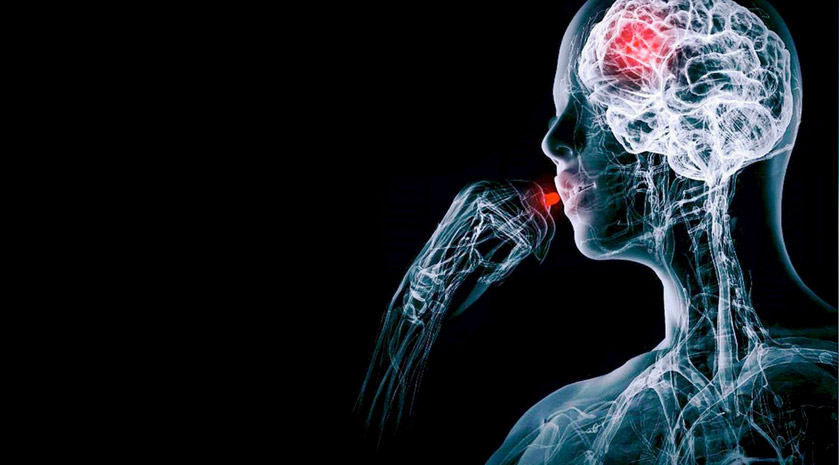Placebo, latin for “I will please,” refers to the psychological effect in which a fake treatment, such as an inactive sugar pill, receives positive results from patients simply because they believe it is helping them. In order for a drug to be first approved for the market, it must pass a clinical trial in which its often tested against a placebo to observe its effectiveness.
A recent study from McGill University has confirmed what many researchers have been speculating—that the placebo response in clinical trials has been increasing over the years, but the effectiveness of the drugs has remained relatively stable; however, this seems to be a rather American phenomenon, as the trend was only observed in the U.S. This “massive interaction with geography” was something no one had looked into before, according to Dr. Jeffrey Mogil, professor in the Department of Psychology at McGill, and one of the authors of the study.
“It wasn’t a surprise that the placebo response was increasing—everyone thinks it’s increasing,” Mogil said. “The surprise was that this was only happening in the U.S.”
The study, published in the Journal of the International Association for the Study of Pain, was the first to analyze all of the data from previous studies that had looked into placebo response for neuropathic pain treatment. The team of researchers studied 84 individual clinical trials in neuropathic pain patients, in which 92 different drugs were compared to a placebo. They analyzed data only from randomized double-blind controlled trials, published from 1990 to 2013. While drug responses have remained stable, the placebo responses increased steadily, making the drug appear less effective than it actually might be.
Placebo response ends up being the most significant factor affecting trial outcome, and many of these clinical drug trials fail as a result. Indeed, the study showed that by 2013, drugs produced only 8.9 per cent more analgesia (the loss of the ability to feel pain) than the placebo, compared to 27.3 per cent in 1996. Considering that pharmaceutical companies can spend up to $1 billion dollars in research and development, failing a clinical trial simply due to increased placebo response is troubling.
Researchers also found that sample size and study length are positively correlated with placebo responses in the U.S., more so than personal characteristics of participants, such as age or sex. Essentially, the larger and longer the trial, the larger the placebo response. Indeed, U.S. clinical trials have increased in size and length over the years, significantly more than their Asian and European counterparts.
Longer trials may feature more “nonspecific therapeutic effects,” such as social support, education, and friendlier behaviour and attention from the staff, which can impact patients’ expectations about the drug treatment. Larger trials may also have relaxed eligibility criteria, so the type of people available or able to get into trials in the U.S. may differ from those elsewhere, resulting in different patient characteristics and interactions. This includes potential bias from patients paid or chosen to participate in the study, which can also result in higher expectations about the effect of the drug treatment.
U.S. pharmaceutical companies may be more likely to use for-profit companies to run and oversee their clinical trials. Despite disagreement from his co-workers, Mogil believes that because contract-research organizations (CROs) want more business from pharmaceutical companies for future studies, it is in their best interest to have the patients be as content as possible during the trials.
“I personally believe it’s about non-specific factors,” Mogil argued. “[That] there’s something different about the patient experience in a clinical trial run at a CRO than the patient experience in a clinical trial run the way they used to be done, in hospitals and academic labs.”
If this is the case, then perhaps stricter eligibility criteria, patient regulation, or different trial methods altogether should be considered in order to reduce the effect of placebo response.
“I think the simple thing is that, if this is true, then we need to have a little conversation about whether the trial process is still working or whether it might be broken,” Mogil said.









